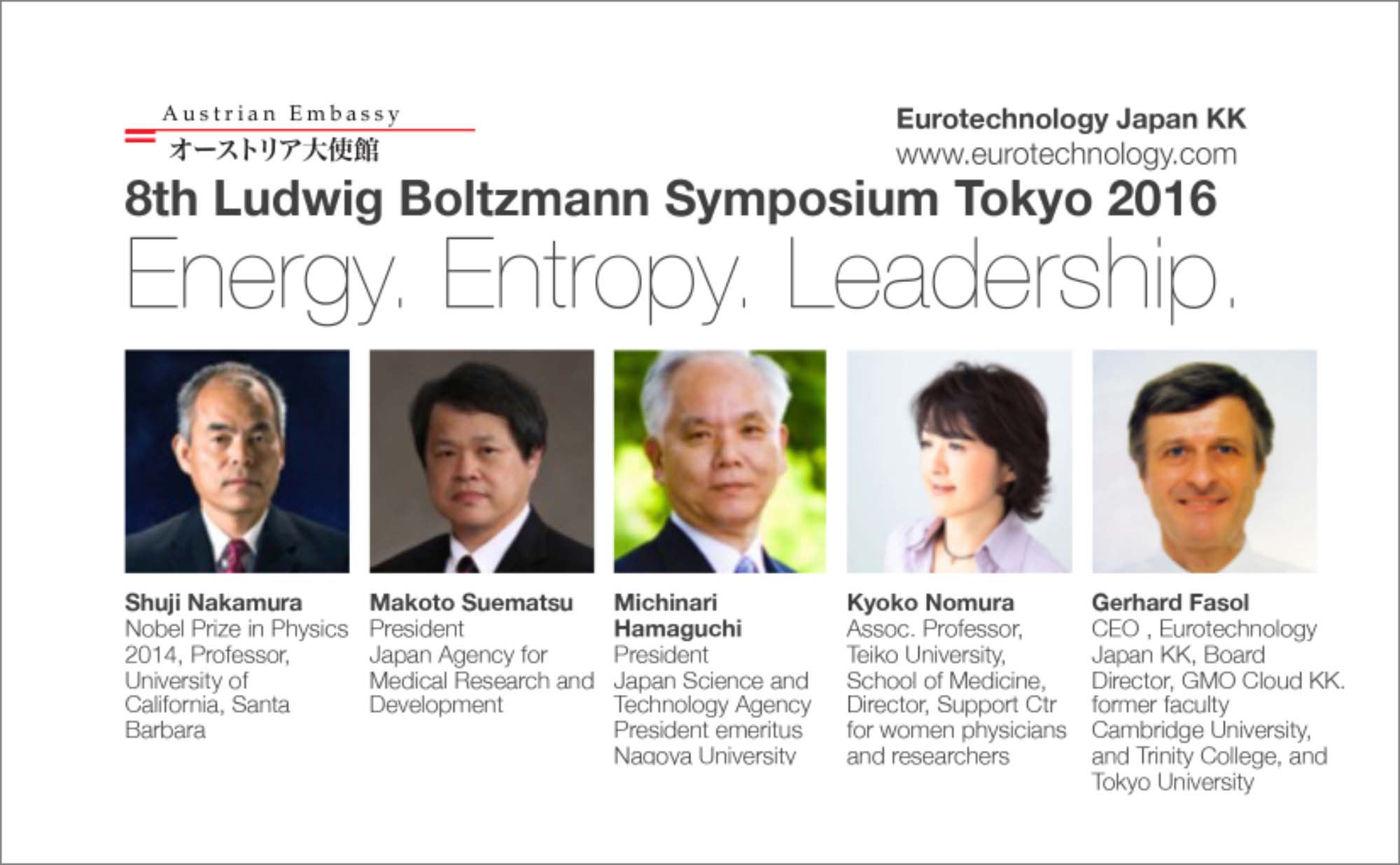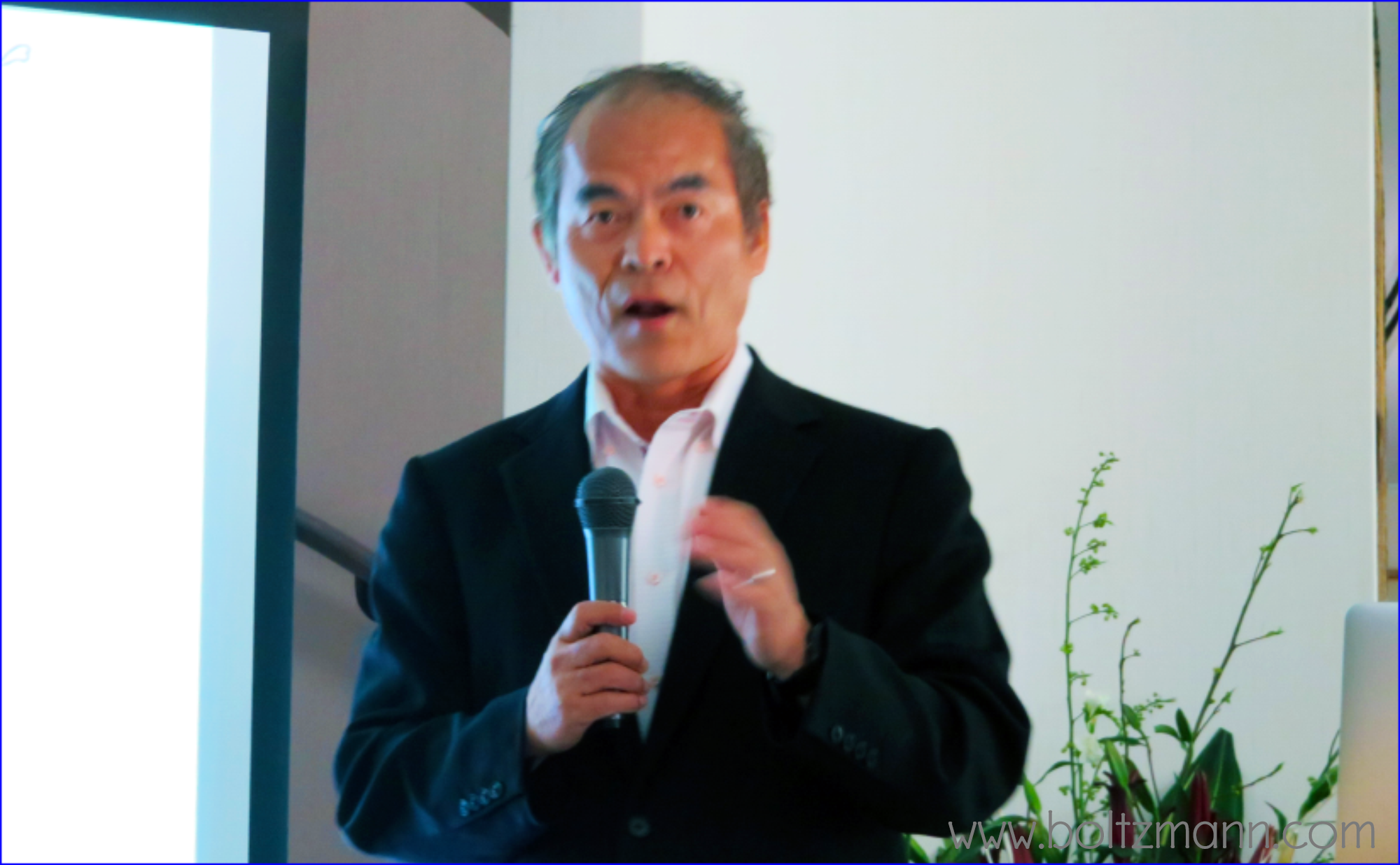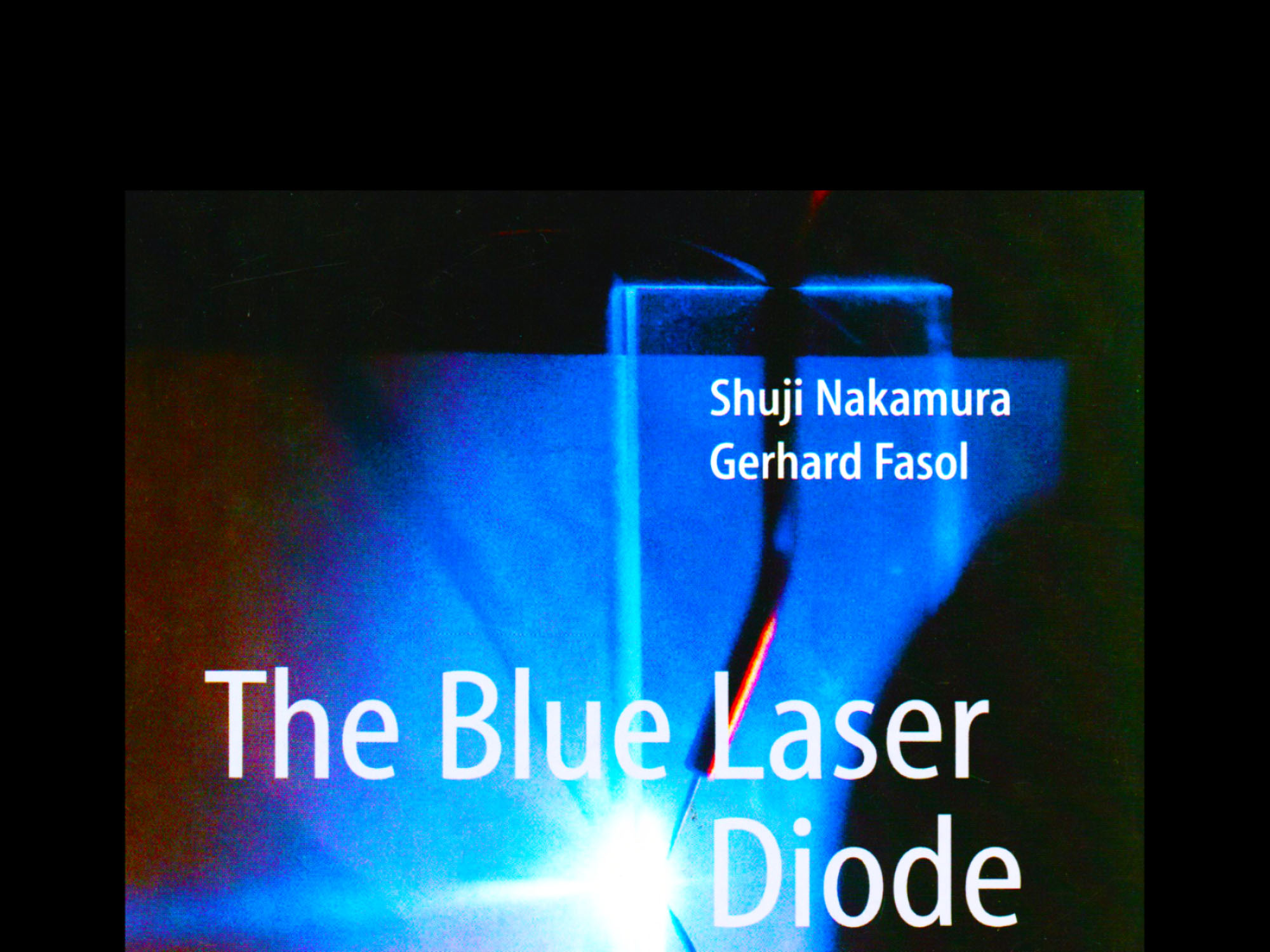Interview for the Chinese Newspaper Southern Weekly about Shuji Nakamura
by Gerhard Fasol
The Chinese Newspaper Southern Weekly interviewed me about Shuji Nakamura’s invention of the blue LED and the background to his Nobel Prize. Here some of my answers.
Read the article in Southern Weekly in Chinese language here: 【2014诺贝尔·科学】无人相信的发明
Shuji Nakamura: when he first announced his breakthrough, most people just did not believe him initially. But you are an exception. What made you believe in Dr Nakamura?
At the time when I first heard Shuji Nakamura’s results around 1992 – long before Bob Johnstone hear about these results (Bob Johnston is a friend of mine, and I know him for a long time – but Bob Johnstone is a journalist, I am a Physicist) I had worked about 18 years in physics research, at many of the best research labs in the world. So I had at that time already a very long experience in research. When I heard Shuji Nakamura’s talk at the Physics Conference in Nagoya, I could immediately judge from his talk that this was a very very important result. So I visited Shuji Nakamura at his laboratory at the company Nichia in Anan several times for discussions, he gave me copies of his papers and patents and I studied his research papers and his patents, and he also showed me the blue LEDs so I could see for myself. I had worked a long time in this field already, so I could understand that his work was true, and I could also see the working blue LEDs with my own eyes. Such blue LEDs did not exist before, so it was clear that he had succeeded in this breakthrough.
At that time I knew almost all research groups in the world working on blue LEDs, at IBM, Hitachi, SONY, and many University labs and national labs globally, and I knew the status of their research. It was obvious that Shuji Nakamura had won this race.
It is true that many people did not believe his results initially. That was because these people did not make the same effort that I made to visit Shuji Nakamura and study his results.
For example, I send a report about Shuji Nakamura’s breakthrough to the German Physical Society member’s journal for publication, and the Editor rejected my article initially, because he showed this report to German Professors in this field. They had not heard about Shuji Nakamura’s work, so they had never heard about this blue LED breakthrough and were working in their own labs on II-VI compounds which was a dead end. Because they considered themselves as the top experts in the field they rejected my report on Shuji Nakamura’s work.
I told the Editor that I am right, and the German experts are wrong, the Editor believed me and printed my report about Shuji Nakamura’s work. You can read this report online here (in German language):
http://onlinelibrary.wiley.com/doi/10.1002/phbl.19950511004/abstract
Some researchers question whether Dr Nakamura made the blue LED on his own. Why do people criticise his achievement and what is the truth? Do these rumors continue after the Nobel Prize was announced?
Every researcher “stands on the shoulder of giants”, of course now work is done in total isolation, and always rests on some previous results. Even Einstein, who did not read many scientific papers and worked out many results on his own from zero point, of course used many results of others.
Therefore Shuji Nakamura’s work of course relied on the hard work of many other researchers before him. For example he used the production technology called MOCVD (Metal Organic Chemical Vapor Deposition), which he learned in Professor Ramaswamy’s group at the University of Florida (Professor Ramaswamy was working in the office next to mine at Tokyo University for about 1 year, so I know him also very well). Shuji Nakamura also could read the published part of Professor Akasaki and Professor Amano’s excellent results on GaN compounds – Professor Akasaki and Amano’s work were also awarded the Nobel Prize at the same time as Shuji Nakamura.
Shuji Nakamura could not have done his work without the support of the Founder and Chairman at that time of the company Nichia, Mr. Nobuo Ogawa. Shuji Nakamura introduced me to his Chairman Mr Nobuo Ogawa and I had lunch with him several times and discussed how he supported Shuji Nakamura’s work financially and as the leader of Nichia. Mr Nobuo Ogawa at that time owned about 1/3 of the company Nichia, so he could take major decisions such as supporting Shuji Nakamura.
I believe that at Nichia there are two people without whom this work would not have happened:
- Chairman Nobuo Ogawa and
- Shuji Nakamura
Neither could have done the work alone, and both together were necessary to achieve this
breakthrough at Nichia. Also, when Shuji Nakamura went to Mr Nobuo Ogawa and proposed to work towards the discovery of blue GaN LEDs, at that time, Shuji Nakamura did not have a PhD, and no great research success stories behind him, although he has done successful development of red LEDs, but which were not commercially successful. Without a PhD I think there would have been almost no one except Mr Nobuo Ogawa who would have supported Shuji Nakamura’s proposal, certainly no large corporation, government supported research agency, or University, and without a PhD he would have had zero chance to win a peer-reviewed research grant from large research agencies.
Unfortunately Mr Nobuo Ogawa passed away some years ago, so he cannot enjoy the Nobel Prize celebrations.
Of course at Nichia, Shuji Nakamura could attract a number of very excellent assistant researchers, but it is very clear that Shuji Nakamura was the leader of the Blue LED research at Nichia who was leading a group of assistant researchers who essentially followed his leadership and were doing this work because of him and under Shuji Nakamura’s leadership. I am very convinced that if Shuji Nakamura would not have been working at Nichia, this invention would not have happened at Nichia. This is quite obvious to anyone who understands how science works.
Of course there are some people who envy Shuji Nakamura. Excellent people celebrate Shuji Nakamura’s success and get inspired. Mediocre people spend their time spreading rumors and talking bad about Shuji Nakamura, don’t listen to them. I have heard some of these rumors, and I have checked most of them direct with Shuji Nakamura, and I am convinced that these rumors are wrong.
Maybe some of the people who spread stupid rumors about Shuji Nakamura have failed in their own work, and don’t like someone else succeed?
About the Nobel Prize: The Nobel Prize in Physics is decided by the Nobel Prize in Physics Committee of the Swedish National Academy of Science. When I have worked in Europe, I met some of the members of this committee and I can tell you that they are all very very excellent Physicist. I am convinced that they are doing a very excellent job in checking in great detail how Shuji Nakamura achieved his results, and I am sure they have checked out all these rumors and found that they are untrue.
As a colleague of Dr Nakamura’s, could you describe a little bit about his style in research?
First of all like all excellent researchers Shuji Nakamura is extremely passionate, driven by passion for his work, and he is a maniac, working very very hard. When I was working on the book with Shuji, he was working with me on 30., 31., December, 1st of January all over the New Year period without break, exchanging emails with me in the middle of the night etc.
Secondly he is driven by intuition – he is a genius. Maybe you know that when Shuji studied at the University of Tokushima, the University did not have a Physics Department, so Shuji did not study full Physics but won the Physics Nobel Prize! I am Physicist, I have full Physics University training even to a PhD level, and I can tell you that Shuji has a very deep understanding of Physics, but he has essentially learnt this all by himself! Not through a University Physics degree!
I think his work is very intuitive. He has a very deep understanding of Nature, and follows his intuitions, his feelings, much more than anything he has learnt from the books.
More information:
Copyright 2014-2019 Eurotechnology Japan KK All Rights Reserved


